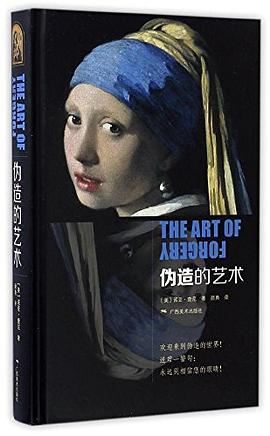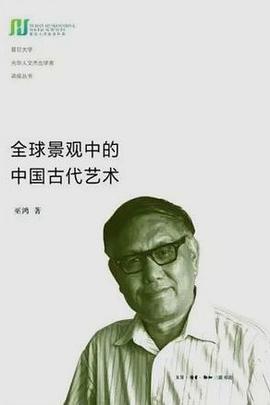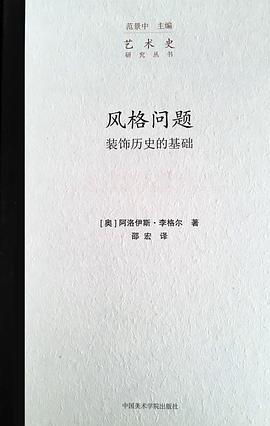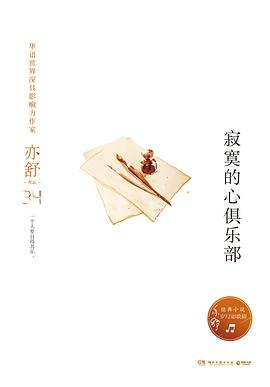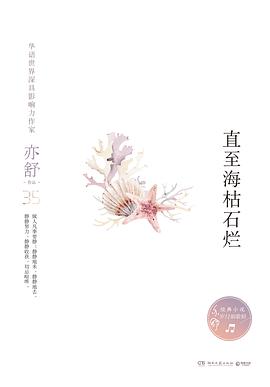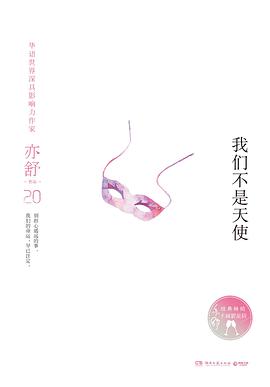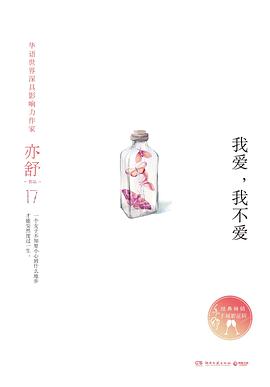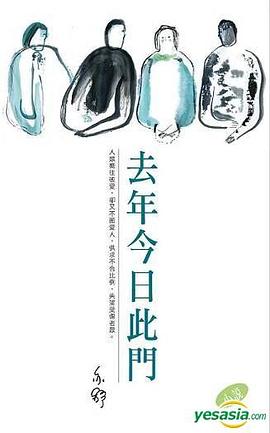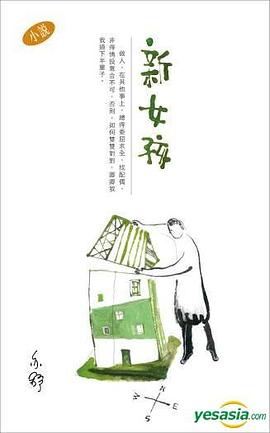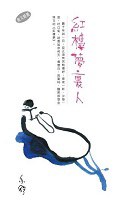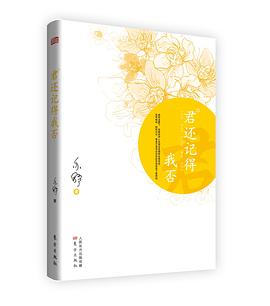

Conventions
Chinese Dynasties and Periods
Map of China
Introduction
1. The Palace Workshops: The Emperor and His Servants
2. Yellow Hill Villages: The Stonecutters
3. Suzhou: The Crafts(wo)man
4. Beyond Suzhou: Gu Erniang the Super-Brand
5. Fuzhou: The Collectors
Epilogue: The Craft of Wen
Appendix 1: Inkstones Made by Gu Erniang Mentioned in Textual Sources Contemporary to Gu
Appendix 2: Inkstones Bearing Signature Marks of Gu Erniang in Major Museum Collections
Appendix 3: Members of the Fuzhou Circle
Appendix 4: Textual History of Lin Fuyun's Inkstone Chronicle (Yanshi)
Appendix 5: Chinese Texts
Notes
Glossary of Chinese Characters
References
Index
· · · · · · (收起)
具体描述
An inkstone, a piece of polished stone no bigger than an outstretched hand, is an instrument for grinding ink, a collectible object of art, a token of exchange between friends or sovereign states, and an inscriptional surface on which texts and images are carved and reproduced. As such the inkstone is entangled with the production of elite masculinity and the culture of wen (culture, literature, civility) in China, Korea, and Japan for over a millennium. Curiously, this ubiquitous object in East Asia is virtually unknown in Europe and America.
The Social Life of Inkstones introduces its hidden history and cultural significance to scholars and collectors and in so doing, writes the stonecutters and artisans into history. Each of the five chapters is set in a specific place in disparate parts of the empire: the imperial workshops in the Forbidden City, the Duan quarries in Guangdong, inkstonecarving workshops in Suzhou and elsewhere in the south, and collectors’ homes in Fujian. Taken together, they trace the trajectories of the inkstone between court and society, and through the course of its entire social life. In bringing to life the people involved in making, using, collecting, and writing about the inkstone, this study shows the powerful emotional and technical investments that such a small object engendered.
This first book-length study of inkstones focuses on a group of inkstone carvers and collectors, highlighting the work of Gu Erniang, a woman transitioned the artistry of inkstone-making to modernity between the 1680s and 1730s. The sophistication of these artisans and the craft practice of the scholars associated with them announced a new social order in which the age-old hierarchy of head over hand no longer predominated.
用户评价
##松花石 vs 端石
评分##某大佬评价此书unfinished哈哈哈
评分##这本书的最具启发的不在于“士人(式)工匠”和“士人(式)学者”在认知论层面上的冲突和竞争或其隐约指向的清代思想史转型,而是通过在本体论层面上将“知识”作为一个分析类别批判性地解/构,历史学家得以借由新的认知论——无论是历史的还是当代的——回应一些已经被规范化的“传统”史学问题,其中自然包括如何处理书中征引的零碎史料。当然这些事人类学家早都说过了……至于书本身,不是教职书的写法或曰心态,很难不写得舒缓从容。
评分##结构比较写意,文字清晰易读,寓观点于行文中。明显是事业有成以后的作品,字里行间不忌讳材料缺失和存在的漏洞,信心十足。因为资料所限,只能谈到顾二娘的作坊,也是用的与她往来的文人的记录。但诸如肇庆黄山村里的那些在自家院子里雕刻砚台的妇女所掌握的工匠的知识,就很难展现了。正因为着笔在和文人相交、为文人追捧的顾二娘,所以她所具备的工艺技术必然带上了“文”的印记。
评分##一些撕标签的过程,梳理社会肌理。
评分##一些撕标签的过程,梳理社会肌理。
评分##资料有意思,但是没能很好组织起来,最后也没有什么结论。
评分##这本书的最具启发的不在于“士人(式)工匠”和“士人(式)学者”在认知论层面上的冲突和竞争或其隐约指向的清代思想史转型,而是通过在本体论层面上将“知识”作为一个分析类别批判性地解/构,历史学家得以借由新的认知论——无论是历史的还是当代的——回应一些已经被规范化的“传统”史学问题,其中自然包括如何处理书中征引的零碎史料。当然这些事人类学家早都说过了……至于书本身,不是教职书的写法或曰心态,很难不写得舒缓从容。
评分##craft of wen, materiality of body. 在反思一点,对形式分析的利用可以导向风格序列的建立(方闻)、可以揭示“愉悦感”的建构方式(乔迅)、或是展现宗教思想与实践的转向(金珍我)。但在作者这里,对形式的描述与感官的唤起缺乏更为明确的锚点:个人很喜欢她对刘源造砚的分析,很好地展现出清初宫廷对机巧的崇尚,但在顾二娘相关的分析中,由于现存材料极度稀薄,精细的分析也只能沦作散兵游勇。作者似乎想要通过对砚台的仔细观察与描述来展现出这一时期人们对物质性及技艺的关注,进而试图为艾尔曼的“理学到朴学”演进找到更早的潜流。然而,小小的砚台是否能直接承受如此之重的转向——如何弥合感官与思想间的鸿沟,对古代身体经验的当代重构是否也成为了一种霸权?观察与体验很重要,但这仅仅是第一步。
相关图书
本站所有内容均为互联网搜索引擎提供的公开搜索信息,本站不存储任何数据与内容,任何内容与数据均与本站无关,如有需要请联系相关搜索引擎包括但不限于百度,google,bing,sogou 等
© 2025 book.teaonline.club All Rights Reserved. 图书大百科 版权所有



